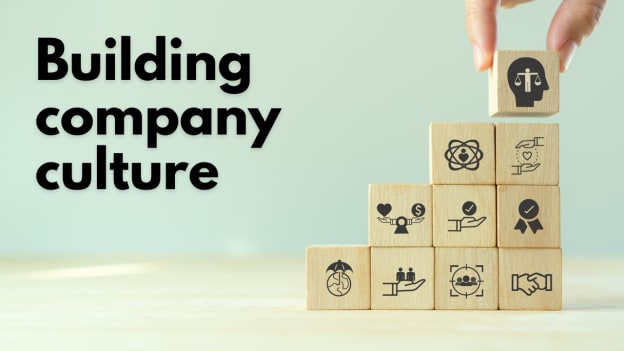The role of HR in workplace culture

What shapes workplace culture
Workplace culture is the shared values, beliefs, attitudes, and practices that characterize an organization. Beyond written policies, it is the collective identity and personality of a workplace, shaped by the way employees interact, communicate, and collaborate.
Some people debate whether workplace culture is imposed by management or shaped by the larger workforce that make up an organization. But in reality, organizational culture is the inevitable melding of leadership style, company values, and the people’s shared attitudes into one coherent identity.
A separate study by HR technology provider Quantum Workplace summarizes what shapes workplace culture into five things: How you decide, how you communicate, how you celebrate with the people, how you behave, and how you reward.
Now because of the human element, workplace culture can be either positive or toxic if left unchecked. An SHRM study showed 72 percent of the workers surveyed said they have a good company culture, 20 percent rated theirs average, while 7 percent considered their workplace culture poor.
Traditionally, organizations do not make active efforts in forging company culture, which results in some workplaces becoming toxic. But in modern times, there is a business unit that ensures that shared beliefs within an organization result in a positive culture – the human resource department.
The importance of workplace culture today
Workplace culture has always been a priority of employees. A 2019 Glassdoor study, which surveyed 5,000 workers across four countries, showed that 77 percent of people consider culture before applying, with more than half ranking culture higher than salary in terms of priority.
This was amplified when the COVID-19 pandemic came, when people became more vocal about looking for companies where they are a perfect culture-fit. Even in the post-pandemic landscape, workplace culture continues to be an important part of talent attraction strategies.
READ MORE: Fostering a mental wellness-centric workplace culture
Beyond attracting top talent, maintaining a positive workplace culture is also an important element of retaining employees. In fact, the same SHRM study shows that employees would tend to leave companies that do not make an active effort in improving their culture.
“When employees work for an organization that fails to show progression, they are more likely to seek out organizations that value progress. As a result, it falls on the shoulders of people managers and other leaders to spur positive change,” the study said.
A positive workplace culture also helps keep talent when an organization is experiencing challenges or when major changes are in motion. When employees identify with the company culture, they tend stick around and even actively help bring the organization back to a stable state.
In a nutshell, fostering a positive work culture helps organizations retain and keep talent satisfied, boosting their morale and, ultimately, their overall productivity. And from a business standpoint, this is the perfect condition for rapid organizational growth.
READ MORE: Workplace culture trends to boost employee productivity
The elements of a positive workplace
A company will always have a distinct identity that is shown in its workplace culture. But the fundamental elements of a positive culture are more or less the same for every organization, as shown in multiple studies.
The abovementioned study by Quantum Workplace shows that employees use the words caring, supportive, engaging, inclusive, fun, collaborative, friendly, flexible, and diverse when they talk about their positive company culture.
Taking cue from the study, we can surmise that forging a positive company culture always starts with empathy and open communication. Without these two fundamental values, a positive company culture would not exist.
HR professionals: Shapers of workplace culture
The human resources department plays a pivotal role in shaping and sustaining workplace culture. HR professionals are responsible for translating the organization's values into tangible practices and ensuring they are embedded in day-to-day operations.
HR leaders are the ones who communicate and reinforce organizational values to the entire workforce. They set behavioral and cultural expectations during onboarding, initial training, and in regular internal communications.
Even the kinds of engagement programs and activities that the HR leaders implement reflect the kind of attitude the company wants from the people.
The HR department also serves as the liaison between the interests of management and the employees. How HR handles dialogues between management and staff greatly contributes to the kind of culture the company wants to uphold, especially in terms of communication and transparency.
READ MORE: Creating a high performance workplace culture – Insights from Gallup’s Research
One of the most overlooked aspects of HR work is conflict resolution. Workplace conflicts happen everywhere, even in companies with a positive culture. but how the HR leaders handle them paint an accurate picture on what kind of culture an organization has.
Understanding the basics of HR's role in workplace culture is fundamental to creating an environment where employees thrive, collaborate effectively, and contribute to the overall success of the organization.
As HR continues to evolve, its strategic involvement in shaping and sustaining workplace culture remains a cornerstone for organizational success.
















